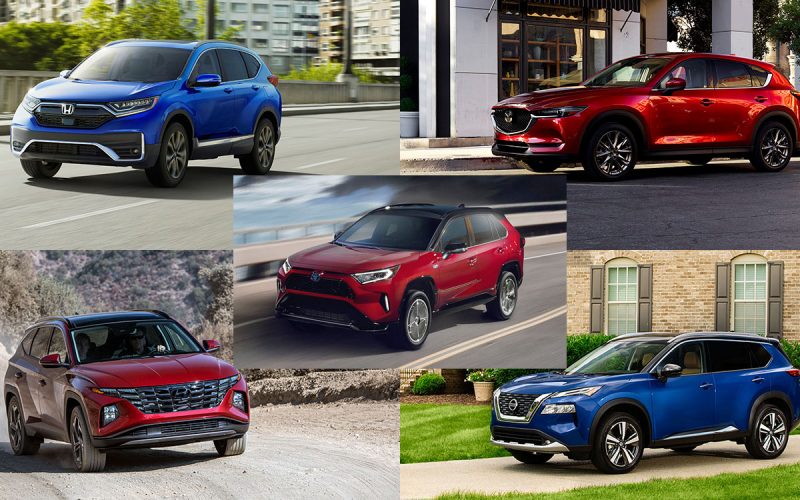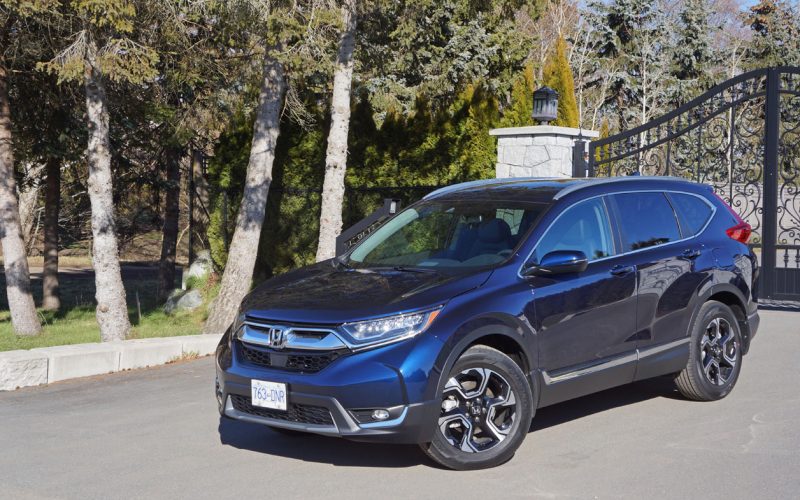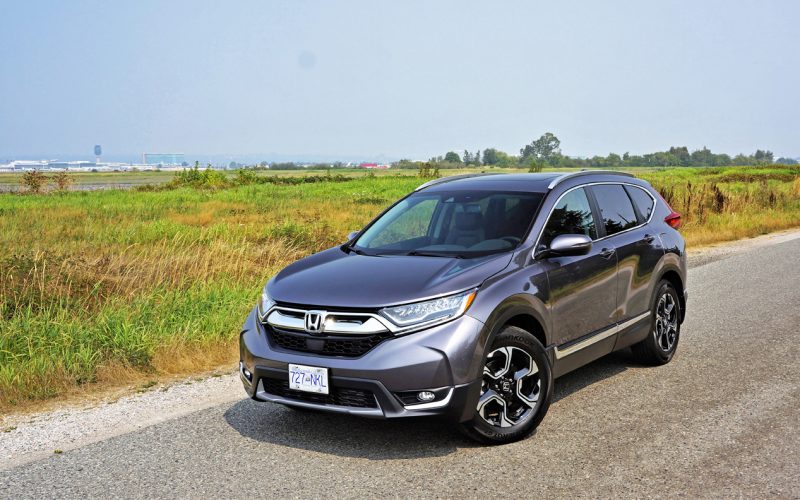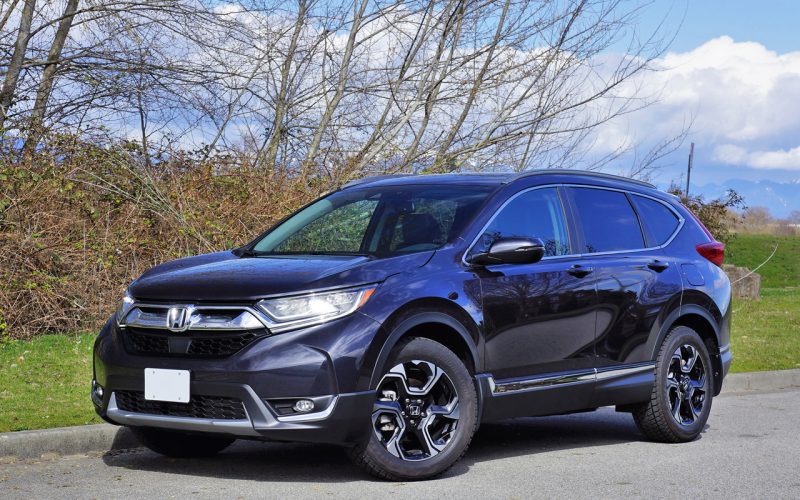
Reading Time: 12 minutesThere’s no hotter segment in today’s car market than the compact crossover SUV. Having started in

Reading Time: 14 minutesWhat’s the best-selling SUV in Canada? It’s not the Honda CR-V, but falling short by only

Reading Time: 9 minutesThe CR-V is the best SUV in its compact class. Yes, I know I’m going out

Reading Time: 3 minutesHave you seen the new CR-V yet? Honda’s compact SUV is so popular it would be
© 2025 The Car Magazine. All Rights Reserved, Privacy Policy | Terms of Use